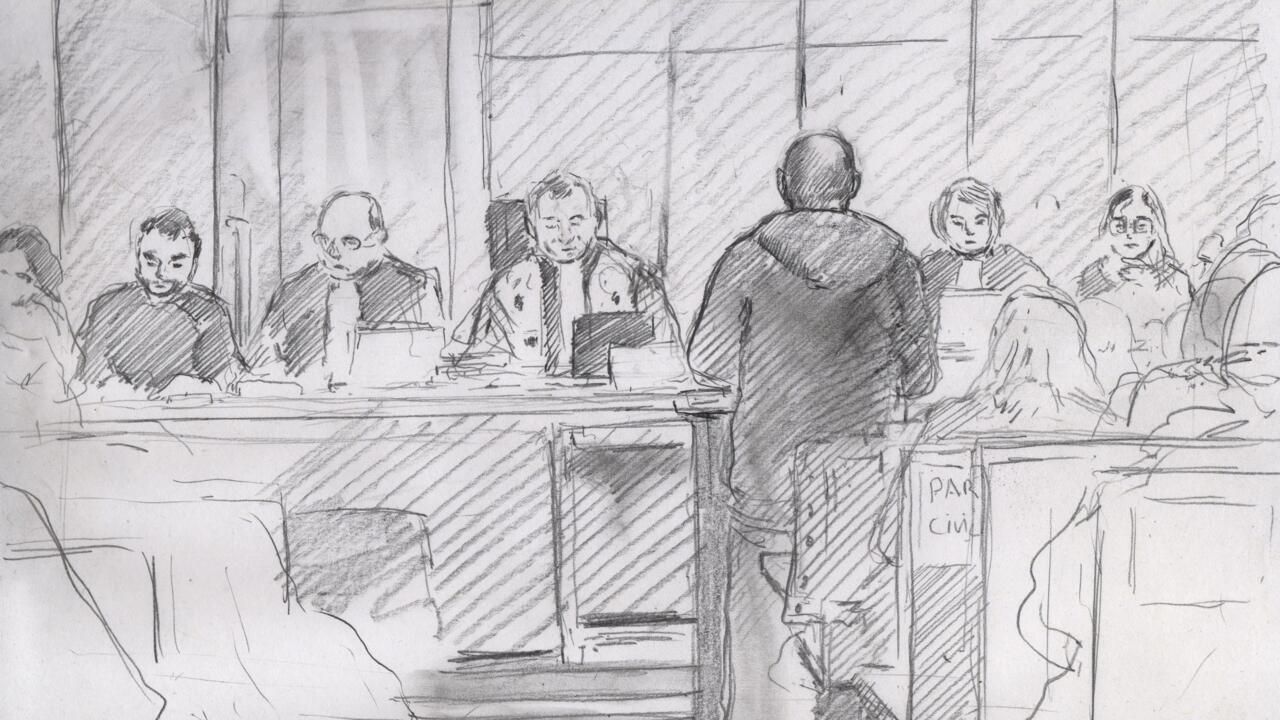Anthony ZurcherNorth America correspondent

 Getty Images
Getty Images
Trump has floated the idea of payments for Americans based on tariff revenue
Facing growing public pessimism about his handling of the economy, US President Donald Trump has fired off a flurry of proposals to address consumer concerns.
Trump previously downplayed concerns about cost of living, insisting the outlook had improved during his nine months in office. He said affordability was a "new word", and a "con job" by Democrats.
But he has focused on the issue with some urgency since his Republican Party's poor performance in last week's off-year elections across a handful of states.
He is again proposing an idea to give most Americans a $2,000 (£1,500) "subsidy".
In reality the payments would operate more like a rebate for federal revenue generated by his tariffs on foreign imports.
The rest of the tariff revenue, he has said, would go to reducing the federal budget deficit.
According to economists, however, the tariff revenue isn't nearly enough to cover the $2,000 rebate plan, even with the most generous assumptions and a narrow definition of those with incomes to qualify.
"If we take something like a cut-off of $100,000 a year in income, the minimum cost would be about $300bn, which would absorb all of the tariff revenue that's been taken in so far and would require some deficit financing," says Erica York, vice-president of tax policy at the non-partisan Tax Foundation.
What's more, according to Ms York, the tariff refunds might end up being counterproductive by driving up prices as more money is pushed into the American economy. Covid-era stimulus payments may have created a similar dynamic, albeit in a larger scale.
"It would give large sums of money to households who are more likely to consume that than save it," she said. "So we would have more dollars chasing goods in the economy."
On Sunday, Treasury Secretary Scott Bessent seemed to downplay the possibility of such payments, saying that the revenue gains from the tariffs would be reflected in lower tax rates paid by Americas next year under the provisions of Trump's 2025 "Big, Beautiful Bill" spending package, which Congress passed in July.
In last week's elections, when Democrats notched up a string of victories, exit polls indicated the economy once again led all issues as the subject of concern for American voters.
Zohran Mamdani made affordability the key to his successful campaign for New York City mayor, as did Abigail Spanberger in Virginia and Mikie Sherrill in New Jersey with their winning runs for governor.
The exit poll results match recent opinion surveys that have suggested the public is souring on Trump's handling of the economy and his inability, in their view, to follow through on campaign promises to lower costs for American consumers.
Another of Trump's ideas involves promoting 50-year mortgages – an alternative to the 30-year mortgages that are standard for American home purchases.
The president has touted the extended payment schedule as a way to make home ownership easier for Americans.
Many in his own party, however, view it as a boon for lenders who will collect bigger fees and more interest.
"I don't like 50-year mortgages as the solution to the housing affordability crisis," Republican congresswoman Marjorie Taylor Greene of Georgia wrote on X.
"It will ultimately reward banks, mortgage lenders and home builders while people pay far more in interest over time and die before they ever pay off their home."
Trump appears to have floated this idea without consulting senior White House advisers – a reflection of his willingness to move quickly on new ideas, but with the risk of giving his advisers little time to offer input.
Trump has also suggested taking government health insurance subsidies that will expire at the end of the year – which Democrats have unsuccessfully fought to extend during the 43-day government shutdown – and turning them into direct cash payments to consumers.
During an interview with Fox News, the president said this would allow American consumers to be more like "entrepreneurs" and "go out and negotiate their own insurance".
All of these proposals would likely require congressional implementation, which is far from guaranteed with narrow Republican majorities in both chambers.
Trump has broached other, more modest proposals for reducing costs, such as ordering a federal investigation into beef prices and reaching an agreement with pharmaceutical manufacturers to lower the price of obesity drugs for uninsured buyers.
"It feels right now they're just throwing all sorts of ideas out there to test them to see if they sound good," says Ms York.
Trump's electoral success – his ability to challenge long-held conservative orthodoxy and overcome seemingly formidable public concerns - demonstrate his well-tuned political instincts.
When he has sensed vulnerability in the past, he's frequently used his political rallies and public appearances to sound out new ideas and gauge popular support.
But this is harder to do from the confines of the Oval Office, which is why the White House is discussing whether he should travel the country to give speeches on the economy, according to CNN.
Some of Trump's other actions risk undermining his attempts at recalibrating his policies to reflect a darkening public mood.
For instance, Trump continues to insist that prices are dropping. In some cases – such as eggs and dairy products – he's right.
But in others – those aforementioned beef, as well as coffee and electricity – costs are on the rise.
The president has repeatedly noted that the price of a Thanksgiving meal at Walmart is less than last year.
But he doesn't mention that the retail chain's dinner package this season contains half as many items and a smaller turkey.
All the while, his administration has fought in court to end food aid during the government shutdown, and the president has relentlessly touted the multi-billion-dollar renovations he's overseeing to the White House.
Four years ago, Joe Biden's White House was insisting that the economy was strong even as post-Covid consumer costs spiralled higher.
For the next three years of his administration, the Democratic president and his aides pointed to economic indicators and data in vain, as the public's mood remained dark.
At 3%, inflation under Trump is still way below the 9.1% rate it peaked at under Biden, which was the worst cost-of-living crunch for decades.
Trump effectively exploited this disconnect between the Democratic leadership in Washington and American voters' sentiment during his 2024 presidential campaign.
Now, however, Trump finds himself facing similar circumstances, as Republicans seek to avoid a similar fate in the elections to come.


Follow the twists and turns of Trump's second term with North America correspondent Anthony Zurcher's weekly US Politics Unspun newsletter. Readers in the UK can sign up here. Those outside the UK can sign up here.

 1 month ago
9
1 month ago
9










 English (US) ·
English (US) ·